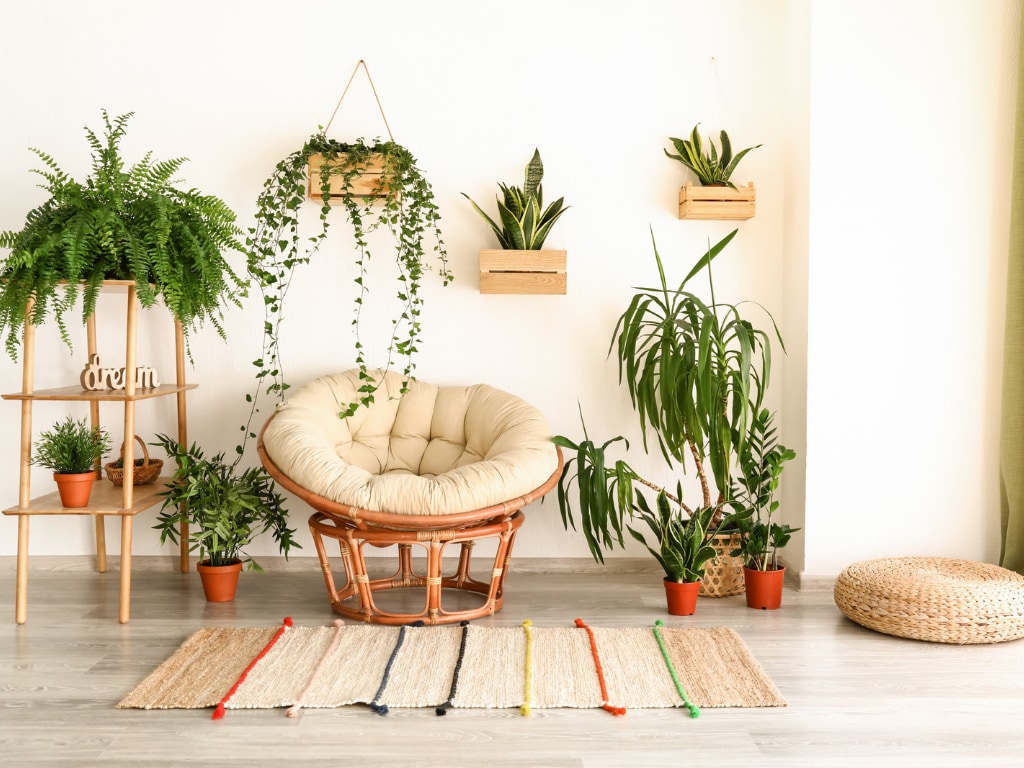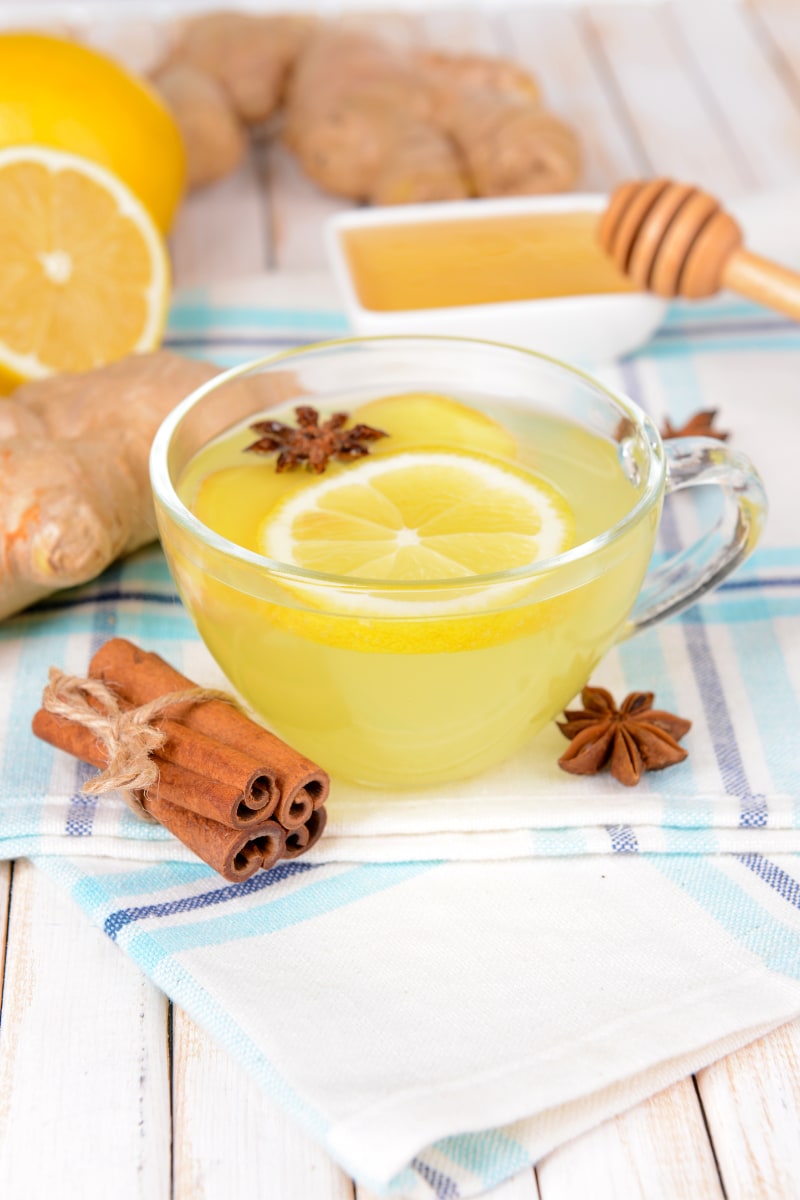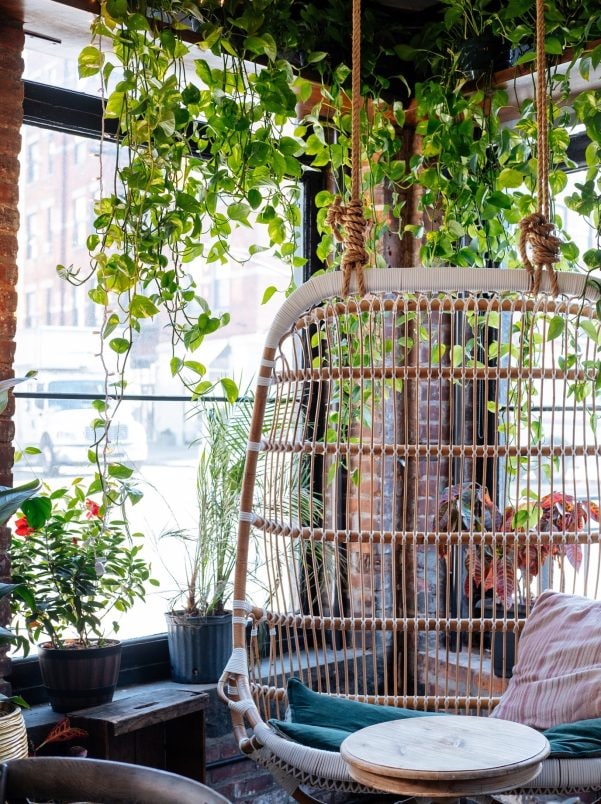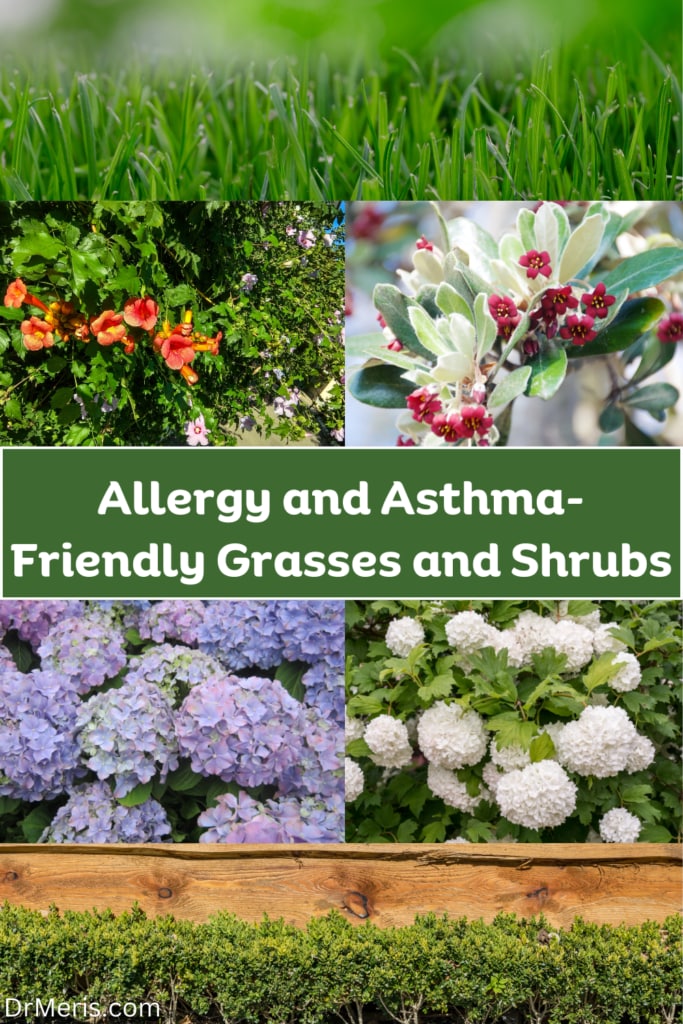
Pollen from various plants can aggravate asthma symptoms when released into the atmosphere. This may exacerbate allergy symptoms or set off an asthma attack.
People who suffer from allergies shouldn’t have to live in barren environments with few or no plants. The good news is that you still can enjoy your yard and garden by choosing allergy and asthma-friendly plants.
In this article, you’ll find a list of grasses and shrubs suitable for people who suffer from asthma or allergies.
PRECAUTION: Plants should always be purchased using their scientific names, and a reliable reference book should be consulted.
What is the difference between monoecious, hermaphrodite, and dioecious plants?
The terms “monoecious,” “dioecious,” and “hermaphrodite” may be familiar to you concerning fruit bearing and pollination. The location of the male and female floral organs on plants is described by these terms. But what precisely are plants that are hermaphrodite, dioecious, and monoecious?
What are monoecious plants?
Monoecious plants have flowers that are both male and female. Male flowers have pollen-carrying stamens. Female flowers are distinguished by the carpels, or pistils, onto which pollen is transferred. Monoecious plants can be identified by the fact that they produce two distinct types of flowers.
What are hermaphroditic plants?
Unlike separately sexed monoecious plants, which have purely female and purely male flowers, hermaphrodite plants have exclusively hermaphroditic flowers. Pistils and stamens are both male and female floral organs found in these.
What are dioecious plants?
Dioecious plants have either male or female flowers. This means that there are both male and female plants. Because one plant can only fertilize or be fertilized by another, dioecious plants must have another plant to produce fruits. Only about 5% of plants are dioecious.
Note: Whichever of these groups a plant belongs to, pollination still happens by insects, water, or the wind.
Female plants vs. Male plants
Male plants produce pollen, while females do not. You may have noticed that your asthma or allergy is worse in summer or spring. Pollen levels in the air are frequently connected to this tendency.
Female plants aid in the removal of pollen from your yard and its surroundings, whilst male plants create more pollen. This pattern is shared by male and female trees, shrubs, flowers, and grasses.
The appearance of male and female plants within the same species varies slightly. If you’re not an expert at identifying male and female plants, you can seek a professional for assistance while you’re buying plants or you can compare your plant’s appearance to pictures of the male and female variants of the species.
How to make an allergy and asthma-friendly garden?
Each year, when the garden reopens in the spring, pollen in the air causes people to start sneezing. Spring is an excruciating time of year for those who are allergic to garden plants or who are sensitive to pollen.
Choosing plants with minimal pollen counts is essential to creating allergy-friendly gardens. In general, asthmatics should avoid plants that depend on wind for pollination instead of insects.
Despite what many people think, low pollen plants are not ugly or uninteresting. Pollination of allergy-friendly plants occurs by bees, butterflies, and other insects, not by wind. These plants are a great addition to any garden because they often have large, attractive, brightly colored flowers. Avoid wind-pollinated plants, which typically have tiny, insignificant flowers, hanging blooms, or catkins.
The list in the upcoming section can be used to select allergy and asthma-friendly grasses and shrubs. When designing your garden, use flowering plants and trees that are safe for your condition.
Grasses
Grass allergy occurs when someone is exposed to grass pollen and develops symptoms of thunderstorm asthma or allergic rhinitis (hay fever). Sneezing, runny nose, itchy eyes, and throat are all possible symptoms of allergic rhinitis brought on by grass allergies.
If your allergies are unbearable, you should consider replacing your entire lawn with low-allergy grasses. Bermuda grass hybrids, Buffalo grass, and St. Augustine grass are the options recommended by Asthma and Allergy Foundation of America.
St. Augustine grass (Stenotaphrum secundatum)
St. Augustine grass (Stenotaphrum secundatum), also known as buffalo turf in Australia and buffalo grass in South Africa, is a grass species in the Poaceae family. This grass is a warm-season lawn grass that is widely grown in tropical and subtropical areas.
St. Augustine grass is allergy and asthma-friendly. It is a medium- to high-maintenance grass that grows in clumps to form a thick, carpet-like sod that crowds out most weeds and other grasses.
Female cultivars of buffalo grass (such as Legacy or UC Verde)
Bouteloua dactyloides, sometimes known as buffalograss or buffalo grass, is a prairie grass endemic to Canada, Mexico, and the United States. It is a shortgrass that is mostly found in the High Plains and is co-dominant with blue grama across the majority of the shortgrass prairie.
Buffalograss is a low-maintenance grass that can be used for lawns and other turf areas. It’s an interesting and appealing turf that’s ideal for low-maintenance, naturalistic settings.
Female-only buffalograss variants typically have a darker green color, and a denser growth pattern, and look and perform better than buffalograss kinds that contain both male and female plants in the same stand.

Male-sterile hybrid Bermuda grasses (Cynodon dactylon Pers.)
Bermuda grass (Cynodon dactylon Pers.) is a significant tropical grass found across the tropics and subtropics. It is particularly drought and grazing-tolerant, making it exceedingly desirable for pasture.
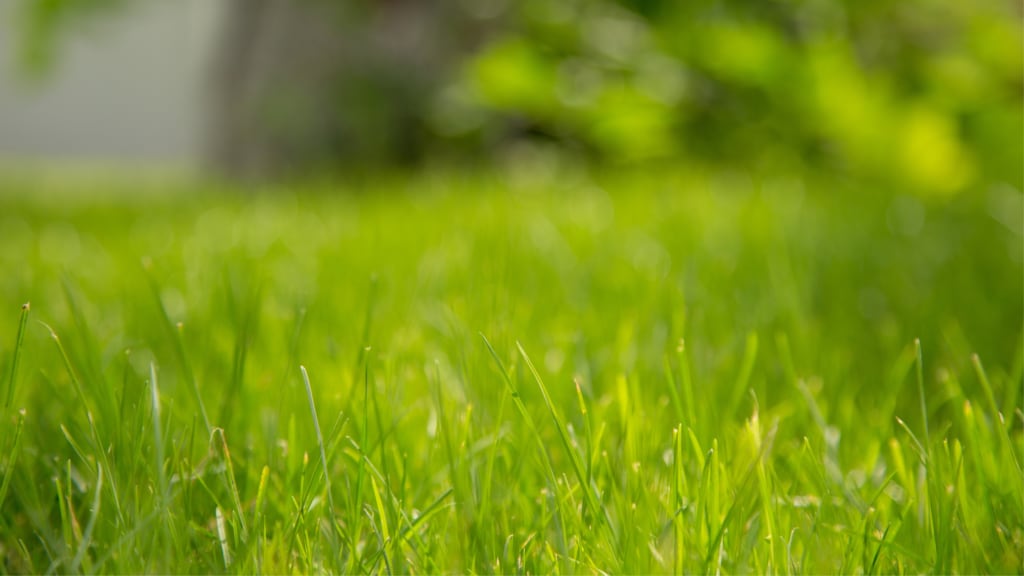
Shrubs
A shrub is a small to medium-sized woody perennial plant. Shrubs, as opposed to herbaceous plants, have woody stems that grow above ground. Shrubs may be deciduous or evergreen. They differ from trees in that they have multiple stems and are less than 10 ft (3 m) tall.
The following list includes 7 allergy and asthma-friendly shrubs recommended by Asthma and Allergy Foundation of America.
Boxwood (Buxus)
Buxus (family Buxaceae), also known as boxwood or box, is a genus comprising approximately seventy species in the Buxaceae family. Boxwood plants are dense, evergreen shrubs that are commonly used in formal and beautiful landscaping. They are allergy and asthma-friendly shrubs unless they are kept pruned.

Female English yew (Taxus baccata)
Taxus baccata is a coniferous tree in the Taxaceae family. It is the tree that was initially known as yew, but with the discovery of other related trees, it may now be known as common yew, English yew, or European yew.
Yew is dioecious, which means that male and female flowers develop on different trees. These can be seen in March and April. Male flowers are small white-yellow globe-shaped formations. Female flowers are bud-like and scaly when young, and green, but mature to brown and acorn-like.
PRECAUTION: The majority of yew is poisonous, with toxins that can be absorbed through inhalation and skin contact; even a small quantity of the foliage can result in death.

Female wax myrtle (Myrica cerifera)
Myrica cerifera is a tiny to medium-sized evergreen tree or shrub native to North and Central America, as well as the Caribbean. Southern wax myrtle, southern bayberry, candleberry, bayberry tree, and tallow shrub are some of their popular names. It is used in the yard, for candlemaking, and as a medicinal plant.
The male and female blooms of the Southern Wax Myrtle grow on separate plants. In late summer, the female plants produce attractive clusters of waxy, light blue berries that last through the winter. Many bird species rely on them for sustenance.
Only female Myrica cerifera is considered allergy and asthma-friendly plants.

Female Pittosporum
Pittosporum is a genus of about 200 blooming plants in the Pittosporaceae family. The genus is most likely Gondwanan in origin, and its current range includes Australasia, Oceania, eastern Asia, and portions of Africa.
The trees and bushes range in height from 6 to 100 ft (2-30 m). The leaves are whorled or spirally organized, simple, and have an entire or waved (rarely lobed) margin. Flowers are produced singly or in umbels or corymbs, with five sepals and five petals on each blossom; they are often sweetly scented.
Only female Pittosporum are allergy and asthma-friendly plants.
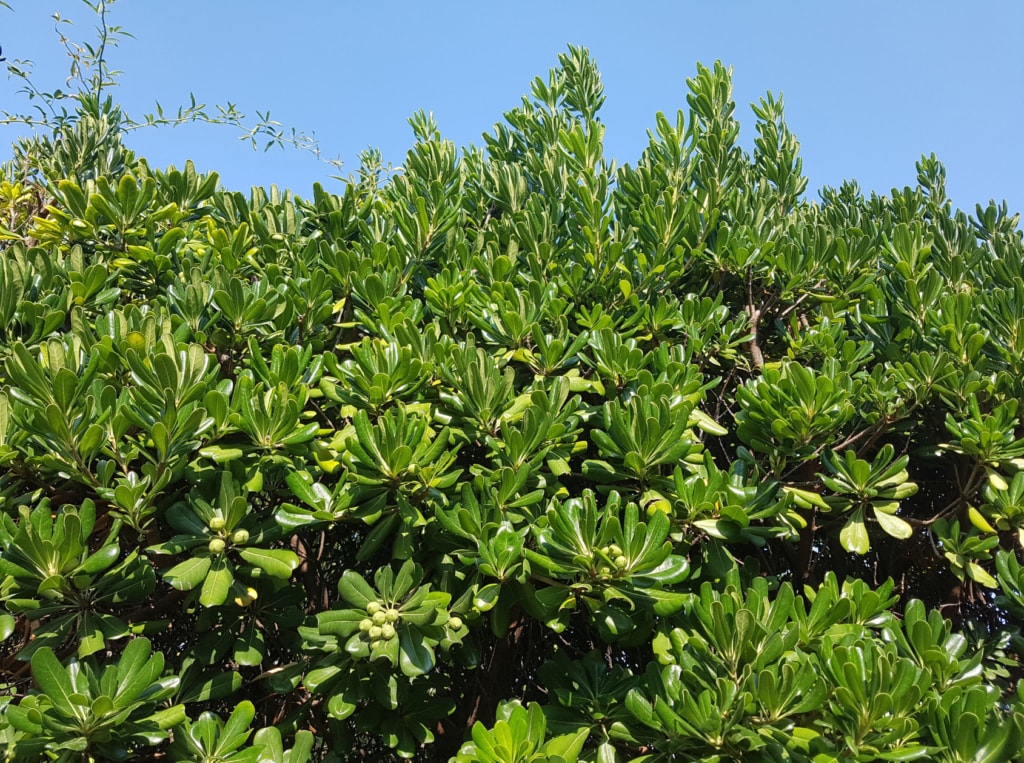
Hibiscus
Hibiscus is a flowering plant genus in the Malvaceae family. The genus is quite large, with hundreds of species native to warm temperate, subtropical, and tropical regions around the globe. Member species are noted for their large, showy flowers, and are commonly known as “hibiscus” or, less commonly, rose mallow. Hardy hibiscus, rose of Sharon, and tropical hibiscus are some of the other names for this plant.
The genus contains herbaceous plants that are both annual and perennial, as well as woody shrubs and small trees. Hibiscus are one of the most attractive allergy and asthma-friendly plants with medicinal properties.
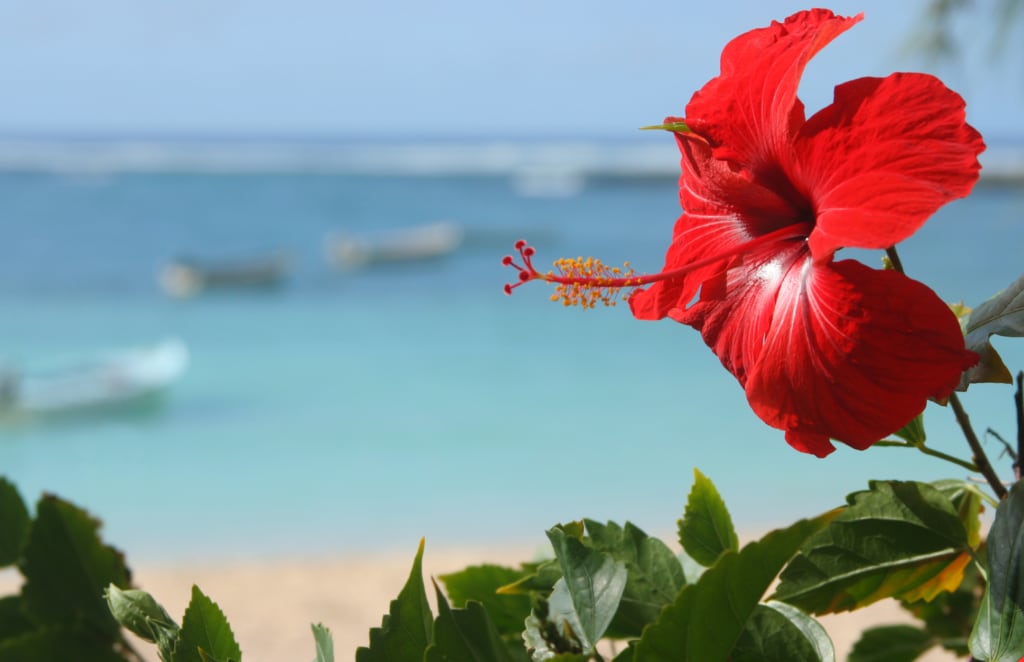
Around the globe, hibiscus flower tea is known by many different names and is served both hot and cold. Hibiscus tea is well known for its bright crimson color, tart flavor, and high vitamin C content.
Hibiscus is high in antioxidants and has numerous potential health benefits. It may help promote weight loss, slow the growth of bacteria and cancer cells, and improve heart and liver health.
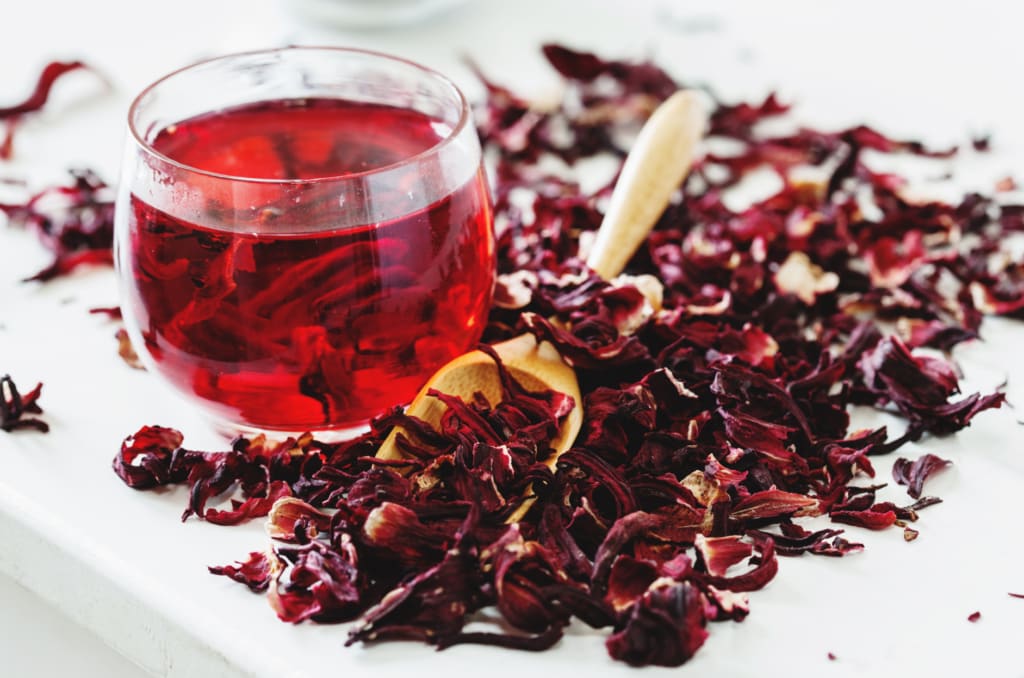
Hydrangea
Hydrangea, also known as hortensia, is a genus of over 75 flowering plants endemic to Asia and the Americas. Eastern Asia, particularly China, Korea, and Japan, has by far the most species variety. Most are shrubs 3 ft 3 in – 9 ft 10 in (1-3 m) tall, but some are small trees and others lianas that can climb up trees to reach 100 feet (30 m). They can be deciduous or evergreen, though the temperate species that are commonly cultivated are all deciduous.
Hydrangea are one of the most attractive allergy and asthma-friendly plants. Their blossoms are natural pH indicators, with blue flowers when the soil is acidic and pink flowers when the soil is alkaline.

Viburnum
Viburnum is a genus of approximately 150-175 flowering plants in the moschatel family Adoxaceae. Members are evergreen or deciduous shrubs or (in a few instances) small trees. In late summer or autumn, many species produce ornamental fruits. They are typically spherical or ovoid and can be red, yellow, blue, or black.
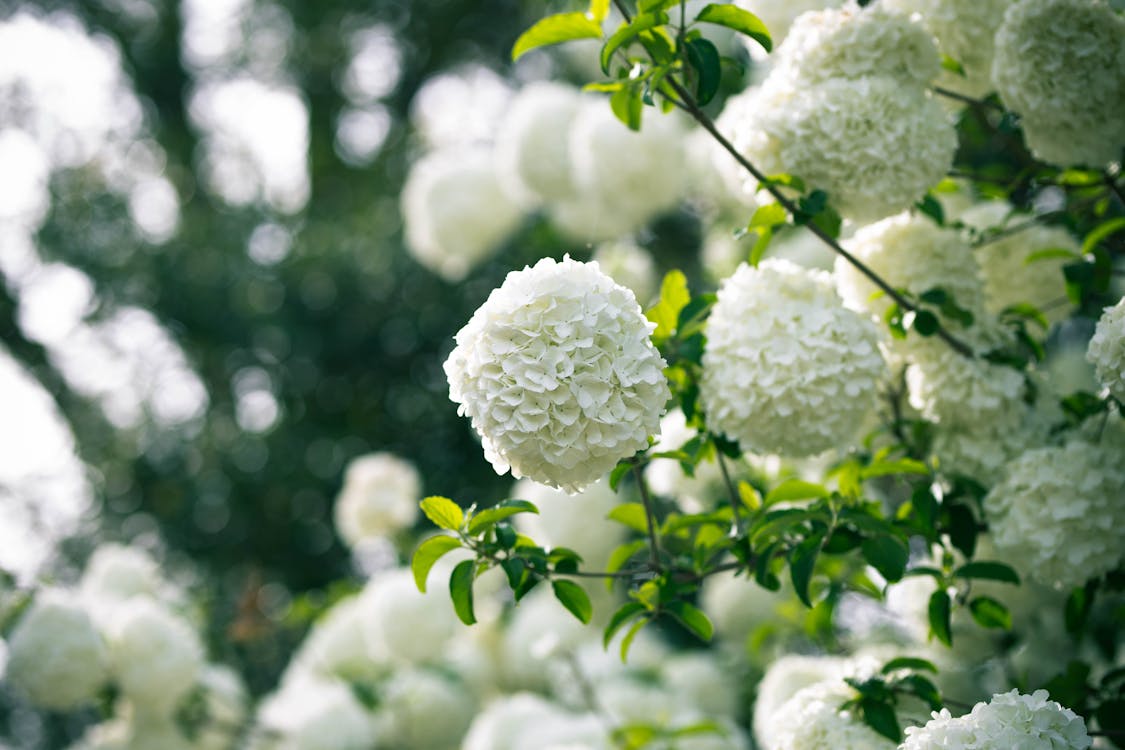
Tips for allergy and asthma-friendly garden
In addition to making allergy-friendly gardens, it is critical to consider air quality and overall pollen count. On days when the pollen count is extremely high, avoid going outside. High pollen count days will make anyone with allergies miserable, regardless of how allergy-friendly your garden is. Similarly, it is best to avoid gardening on windy days. Pollen levels are also kept low by cool, rainy days.
It is best to avoid trees and shrubs that are in bloom, have no leaves, or are just starting to grow. Protect yourself from flying pollen by wearing lightweight clothing that covers your arms and legs, as well as a hat and sunglasses.
If your garden is surrounded by grass, keep the grass cut very short to prevent seeds from sprouting. Wetting down the grass before gardening or edging your garden with stones will also help keep allergens at bay.
Molds produced by composts and decomposing mulch can also affect allergy sufferers. As a result, rather than making your compost, consider purchasing finished compost and replacing organic mulches (such as bark, shredded leaves, etc.) with pebbles or a similar material.
Final thoughts
If you are allergic to plants but want to garden, don’t let the fear of pollen prevent you from reaping the benefits of gardening. With careful planning and allergy and asthma-friendly plants, you can learn how to create a garden that will alleviate all your springtime worries.
While it may be possible to identify which plants, in general, tend to impact asthma, how they affect you may be highly unique. Even if a plant is listed among the “best selections,” it or something about it (such as mold or chemical treatments) may be to blame if you develop asthma symptoms like wheezing, chest tightness, shortness of breath, and/or coughing following exposure.
Note: If you are unsure which plants are causing your symptoms, your healthcare practitioner may offer allergy testing and/or allergy injections or immunotherapy treatment.
Read more about:
- Allergy and Asthma-Friendly Flowering Plants
- Allergy and Asthma-Friendly Trees
- Are Indoor Plants Beneficial for Human Health?
- Do Houseplants Purify Indoor Air?
Did you find this article helpful?
Share with others and help spread the knowledge!
Sign Up for Our Email List
Get our latest articles, healthy recipes, tips, and exclusive deals delivered straight to your inbox with our newsletter.
We won't send you spam. Unsubscribe at any time.





